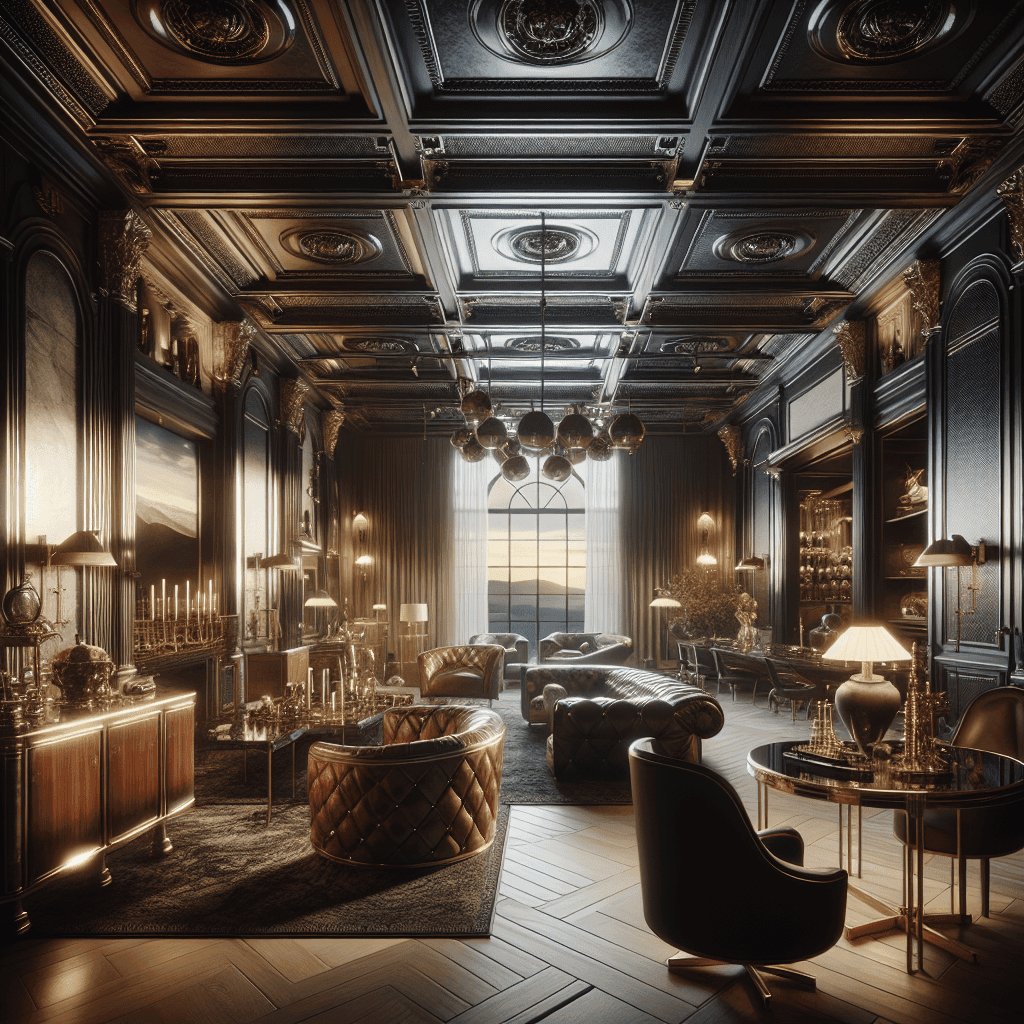A historical look at how high-end living spaces have changed over the centuries
The allure of luxury interior design has captivated the imaginations of people across centuries, reflecting not only aesthetic preferences but also societal values and technological advancements. From the opulent palaces of ancient monarchs to the sleek, minimalist luxury homes of today, the evolution of high-end interior design offers a fascinating glimpse into the interplay between form, function, and fashion.
- Luxury in Ancient Civilizations: Foundations in Opulence
- The Renaissance and Baroque: Artistic Flourishes in European Design
- The Modernist Movement: Function Meets Elegance
- Contemporary Trends: Minimalism and Beyond
- Looking Ahead: The Future of Luxury Interior Design
Luxury in Ancient Civilizations: Foundations in Opulence
The concept of luxury interior design is as old as civilization itself, with ancient empires in Egypt, Rome, and China each presenting their unique contributions. In ancient Egypt, the affluent adorned their residences with lavish furnishings, gold accents, and intricate hieroglyphics, symbolizing both wealth and connection to the divine. Meanwhile, Roman villas boasted frescoed walls, marble columns, and detailed mosaics, emphasizing open spaces and indoor-outdoor living, a testament to their engineering ingenuity and aesthetic sensibility.
Chinese Imperial Influence
In the East, Chinese dynasties demonstrated an advanced understanding of balance and harmony in interior design. The use of Feng Shui, intricate lacquerware, and silk textiles were prevalent among the elite, with each element carefully chosen to ensure a flow of positive energy and aesthetic uniformity.
The Renaissance and Baroque: Artistic Flourishes in European Design
The Renaissance period marked a rebirth of classical learning and art in Europe, directly influencing interior design. Spaces were characterized by symmetrical layouts, proportionate forms, and an abundant use of decorative arts. This era also saw the rise of the Baroque movement, which introduced a more dynamic and dramatic approach to design, seen in the luxurious palaces across France and Italy. Opulent chandeliers, ornate furniture, and sumptuous tapestries dominated these interiors, reflecting the power and prestige of their owners.
The Influence of French Aristocracy
The Palace of Versailles is perhaps the epitome of Baroque grandeur, with its Hall of Mirrors and the grand apartment of the king radiating luxury. The French influence continued to permeate throughout Europe, setting standards in luxury interior design that are still admired today.
The Modernist Movement: Function Meets Elegance
As the world moved into the 20th century, the Modernist movement began to take shape, reacting against the excesses of previous styles. Pioneers like Le Corbusier and Mies van der Rohe promoted a philosophy of “less is more,” focusing on functionality and simplicity while still achieving a high level of sophistication. This era saw the introduction of industrial materials like steel and glass, creating a new aesthetic of clean lines and minimal ornamentation.
Scandinavian Minimalism
Parallel to this was the rise of Scandinavian design, which combined functionality with natural materials and a soft, muted color palette. This design philosophy emphasized light-filled rooms and sustainable comfort, aspects that have become increasingly important in today’s luxury interior design.
Contemporary Trends: Minimalism and Beyond
In recent decades, luxury interior design has continued to evolve, incorporating technology and sustainability into its core principles. Smart homes equipped with automated systems for lighting, heating, and security are becoming the standard among luxury properties. Moreover, there is a growing emphasis on eco-friendly materials and energy efficiency, reflecting a broader societal shift towards environmental consciousness.
Biophilic Design
One of the most popular trends in contemporary luxury design is biophilic design, which seeks to connect inhabitants with nature. This approach uses natural elements like wood and stone, integrates plant life, and maximizes natural light, creating serene, health-boosting environments.
Looking Ahead: The Future of Luxury Interior Design
As we look to the future, the luxury interior design industry continues to face innovations that challenge traditional aesthetics and practices. The integration of advanced technologies with interior design is poised to offer even more personalized and interactive living environments. Furthermore, the increasing global influence in design practices is likely to introduce a richer diversity in luxury interior design, blending cultural elements in unprecedented ways.
For further exploration of luxury interior design, esteemed sources such as the Metropolitan Museum of Art’s Heilbrunn Timeline of Art History provide extensive insights and historical context.



